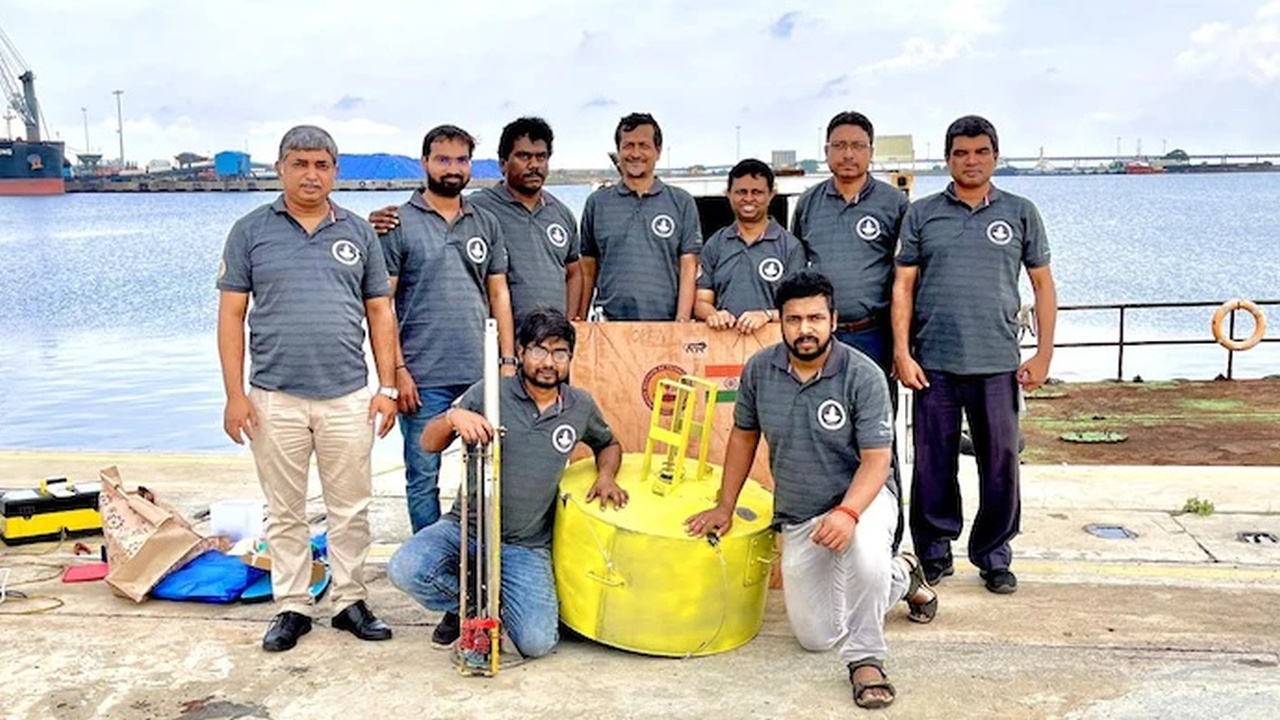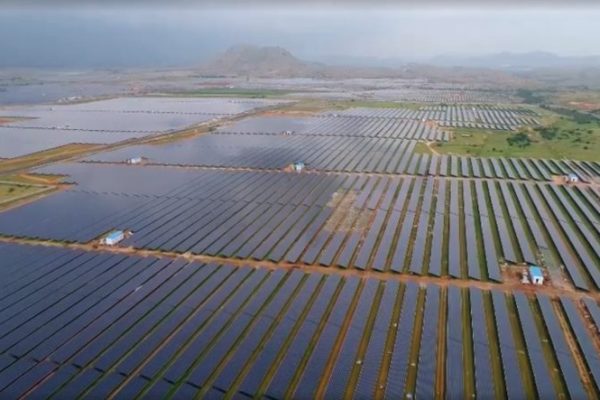IIT Madras Researchers Create Device to Convert Sea Waves Into Electricity
A floating buoy, a spar, and an electrical module will harness the wave power
The Indian Institute of Technology Madras (IIT Madras) researchers have developed Sindhuja-I, an ocean wave energy converter. It has the potential to generate electricity using sea waves. The institute successfully carried out the trials of the device in the second week of November 2022.
The ocean wave energy converter was installed near the coast of Tuticorin in Tamil Nadu about six kilometers off the coast and at a depth of 20 meters. The researchers have set a target of generating 1 megawatt of power from sea waves using this device in three years.
The device has been named Sindhuja-I taken from Sanskrit, which translates to ‘generated from the ocean’. It has a floating buoy, a spar, and an electrical module. With the movement of waves, the buoy also moves up and down.
Interestingly, this project is in line with the objectives of the UN Ocean Decade and also fulfills sustainable development goals. The goals set in India include clean energy, deep water missions and thus realizing a blue economy under this UN initiative. This project will help meet India’s climate change-related goals of generating 500 gigawatts of renewable energy by 2030.
The device has been created for remote offshore locations that need continuous electricity and communication that can be achieved by supplying electric power to payloads that are set directly in or on the device; even those located in its proximity like seabed and water columns. Sindhuja-I targets sectors such as defense, communication, security, oil and gas.

Image: IIT Madras
Prof. Abdus Samad, an IIT Madras faculty member led this mission. He has been working on wave energy for the past many years. He set up an innovative ‘Wave Energy and Fluids Engineering Laboratory’ (WEFEL) at the institute. His team tested a scaled-down model and is also exploring other applications of this technology for smaller devices such as data buoys, navigational buoys, etc.
The lead researcher commented that India has a 7,500 km long coastline with the capacity to produce 54 GW of power. It is a good amount considering the energy requirements of the country. Even a couple of single devices set up in different locations on India’s coastline can generate a good amount of clean power. The primary vision is to make the country sustainable by making use of marine energy and pave way for net zero carbon emissions to check climate change impact.
The project by IIT Madras researchers got funds from various organizations which included the Australian Alumni Grant Scheme 2022 by the Department of Foreign Affairs and Trade, Australian Government. The institute partnered with a company named Virya Paramita Energy, and Motilal Nehru National Institute of Technology, Allahabad for this test. GKC Institute of Engineering and Technology and MCKV Institute of Engineering, West Bengal, designed the electrical storage system of the device. Waterfront Engineering and Infrastructure Pvt Ltd helped install the system in the ocean.
Via: India Today


